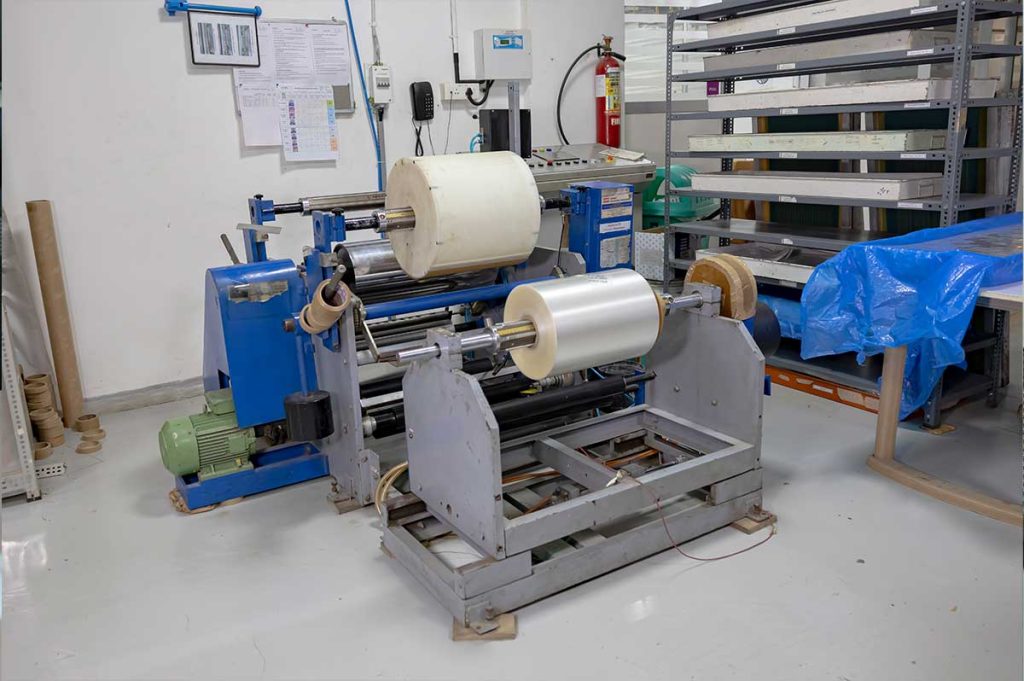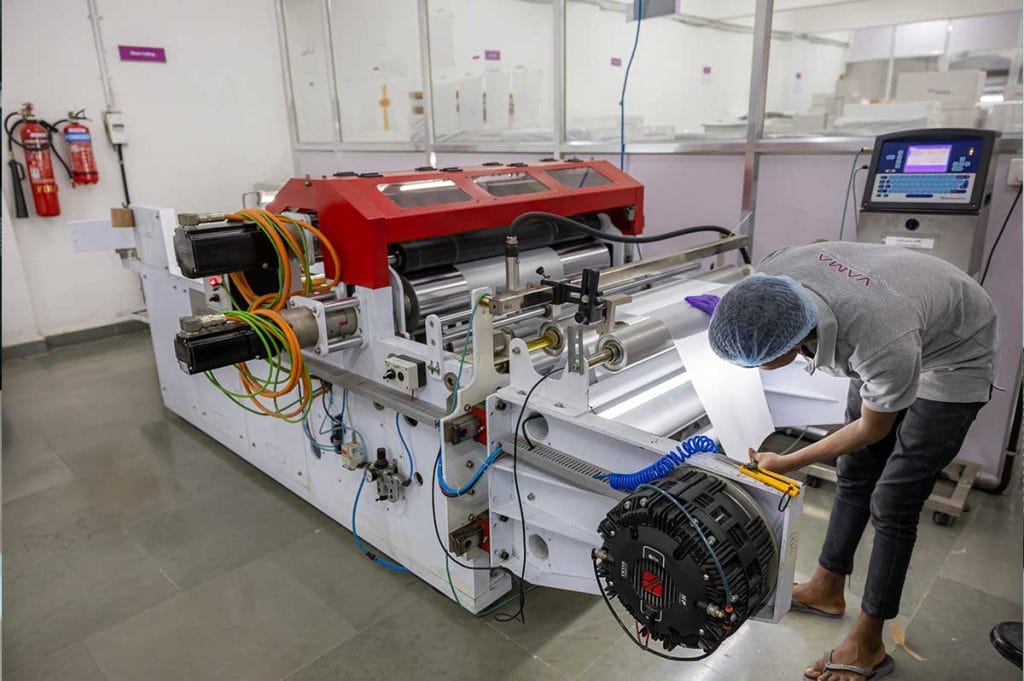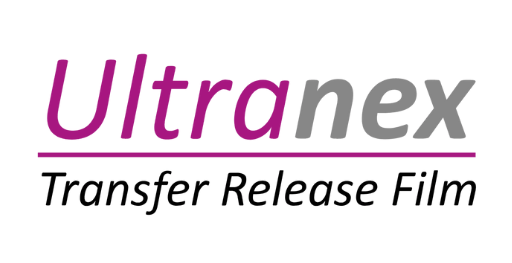When discussing A3 and A4 DTF (Direct-to-Film) film, the primary difference lies mainly in their sizes which directly impacts their application
Difference between A3 and A4 DTF (Direct-to-Film) film
A4 DTF Film
This size measures 8.3 x 11.7 inches or 210 x 297 millimeters.
It’s best suited for smaller designs and prints.
Generally used for smaller scale projects, or for those who have smaller work spaces.
A3 DTF Film
This size measures 11.7 x 16.5 inches or 297 x 420 millimeters.
It’s designed for larger designs and prints.
It is better suited for larger production runs.

Characteristics of A3 and A4 DTF (Direct-to-Film) film
When discussing the characteristics of A3 and A4 DTF (Direct-to-Film) film, it’s essential to consider how their size influences their application and the general properties of DTF film itself. The most prominent characteristic is their size difference. A4 film is smaller, making it suitable for intricate, small-scale designs, while A3 film offers a larger canvas for more expansive and complex graphics. This directly dictates the types of projects each film is best suited for.
Regardless of size, DTF film is generally designed for optimal ink receptivity, ensuring vibrant and durable prints. They are engineered to allow for efficient transfer of the printed design onto various fabrics, providing good adhesion and wash resistance. DTF films are typically made from PET (Polyethylene terephthalate), which offers good dimensional stability and heat resistance. They are designed to work with hot melt powders, to allow the transfer of the ink to the fabric and also The films are designed to allow for easy peeling after the heat transfer process.

Here are some additional points to consider
- Production Capacity: A3 printers and films generally facilitate higher production capacities, making them suitable for businesses with larger orders.
- Cost: A4 printers and corresponding films are typically more affordable, making them a good entry point for beginners or those with budget constraints.
- Space: A4 printers take up less space, which is a factor for those with limited workspaces.
Therefore, the choice between A3 and A4 DTF film depends largely on the scale of your printing needs and the size of your designs.
LATEST POST
- Heat Transfer Shirt Press: A Must-Have for Professional Garment Printing
- DTF Film Roll Price in USA: What You Need to Know
- A3 DTF Film Roll: Everything You Need to Know
- Need Help Sizing Your T-Shirt Design? Here’s What You Need to Know
- how to print dtf on black shirt
FAQs
What is DTF film?
DTF (Direct-to-Film) film is a special type of PET (Polyethylene Terephthalate) film coated with a unique layer that allows for the transfer of printed designs onto various fabrics and materials using heat.
How does DTF film work?
The design is printed onto the DTF film using special DTF inks. Then, a hot melt adhesive powder is applied to the wet ink. This powder is then cured using heat. Finally, the design is transferred from the film to the fabric using a heat press.
What materials can be used with DTF film?
DTF film is versatile and can be used on a wide range of materials, including cotton, polyester, blends, nylon, and even some non-fabric items like leather, canvas, and wood.
What are the benefits of using DTF film?
DTF printing offers several advantages, including:
No pre-treatment of fabric is required.
It works on a wide variety of fabrics.
It produces vibrant and durable prints.
It’s suitable for small to medium print runs.
It offers good washability.
The prints have a soft hand feel compared to some other transfer methods.
What is the difference between hot peel and cold peel DTF film?
Hot peel film requires peeling the film off the fabric immediately after heat pressing while it’s still hot. Cold peel film needs to cool down completely before peeling. The choice often depends on the desired finish and personal preference.







